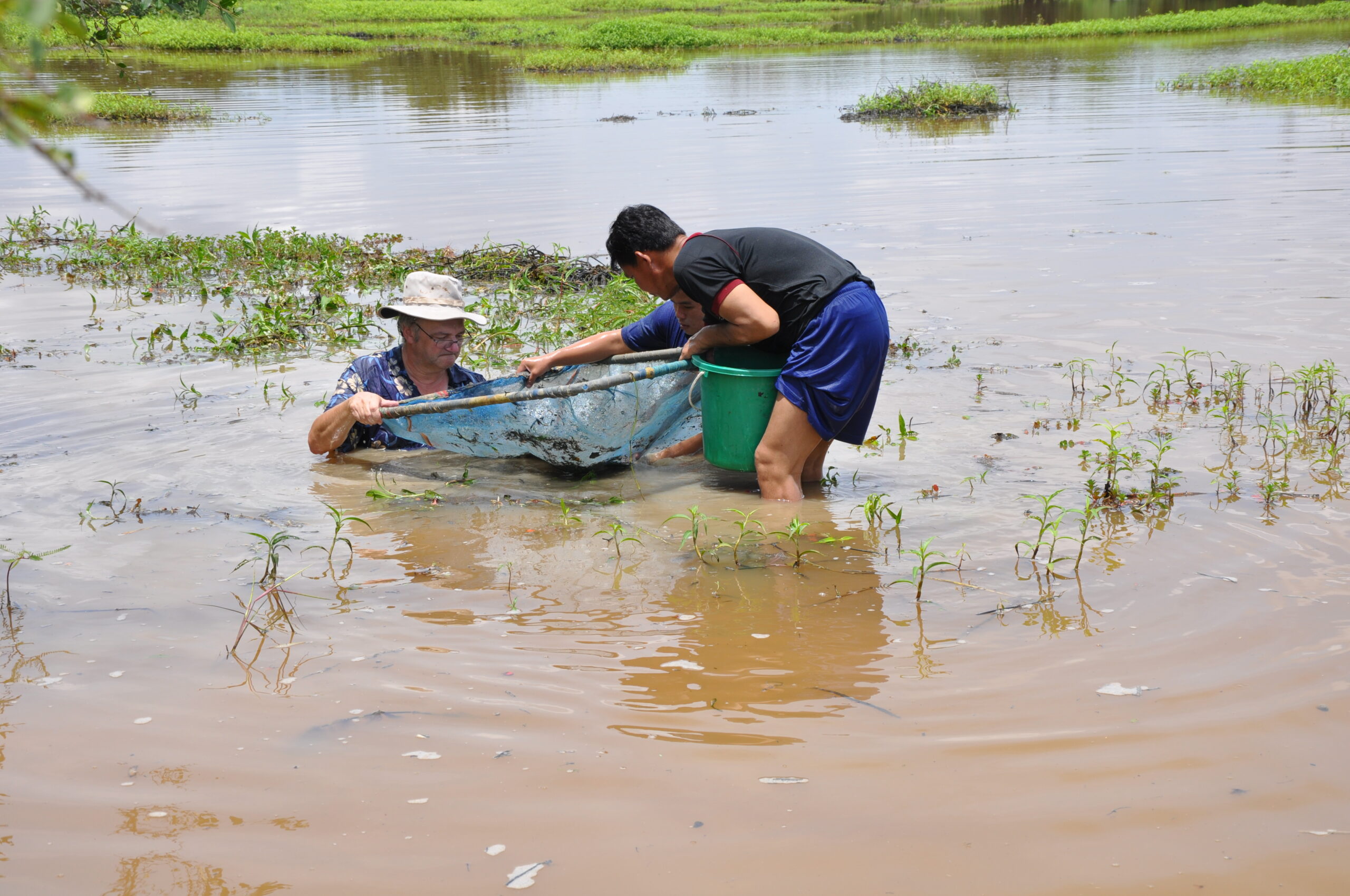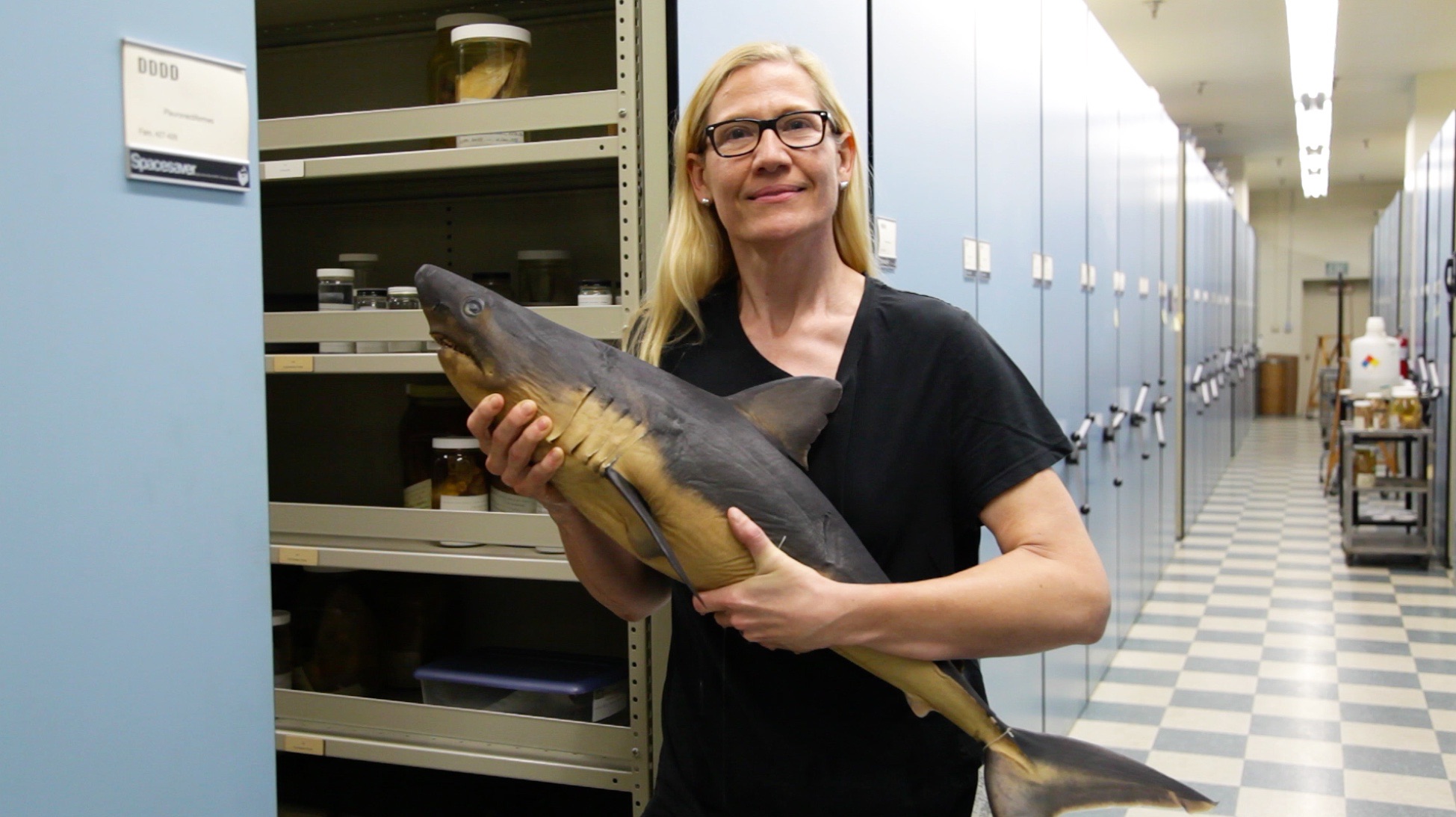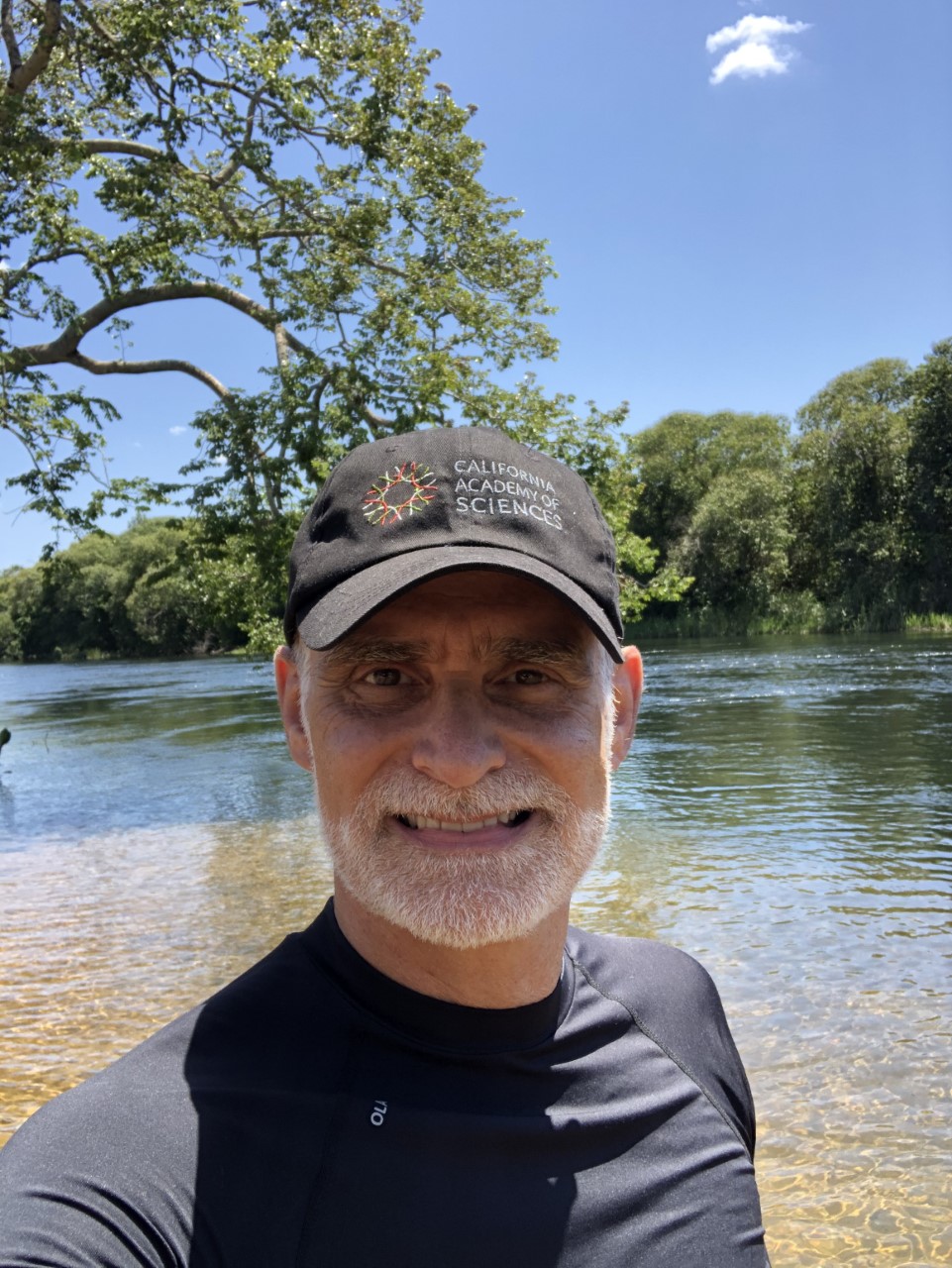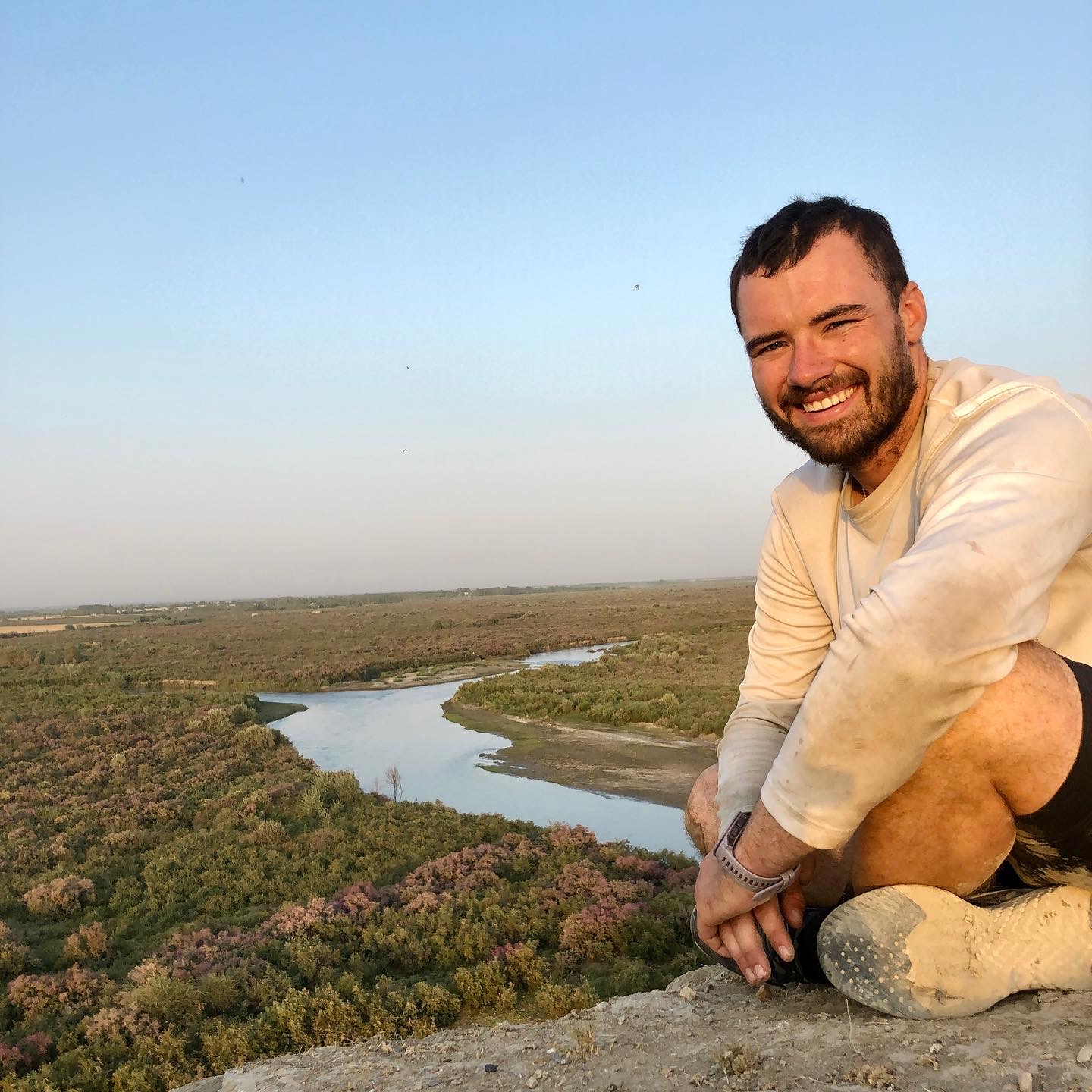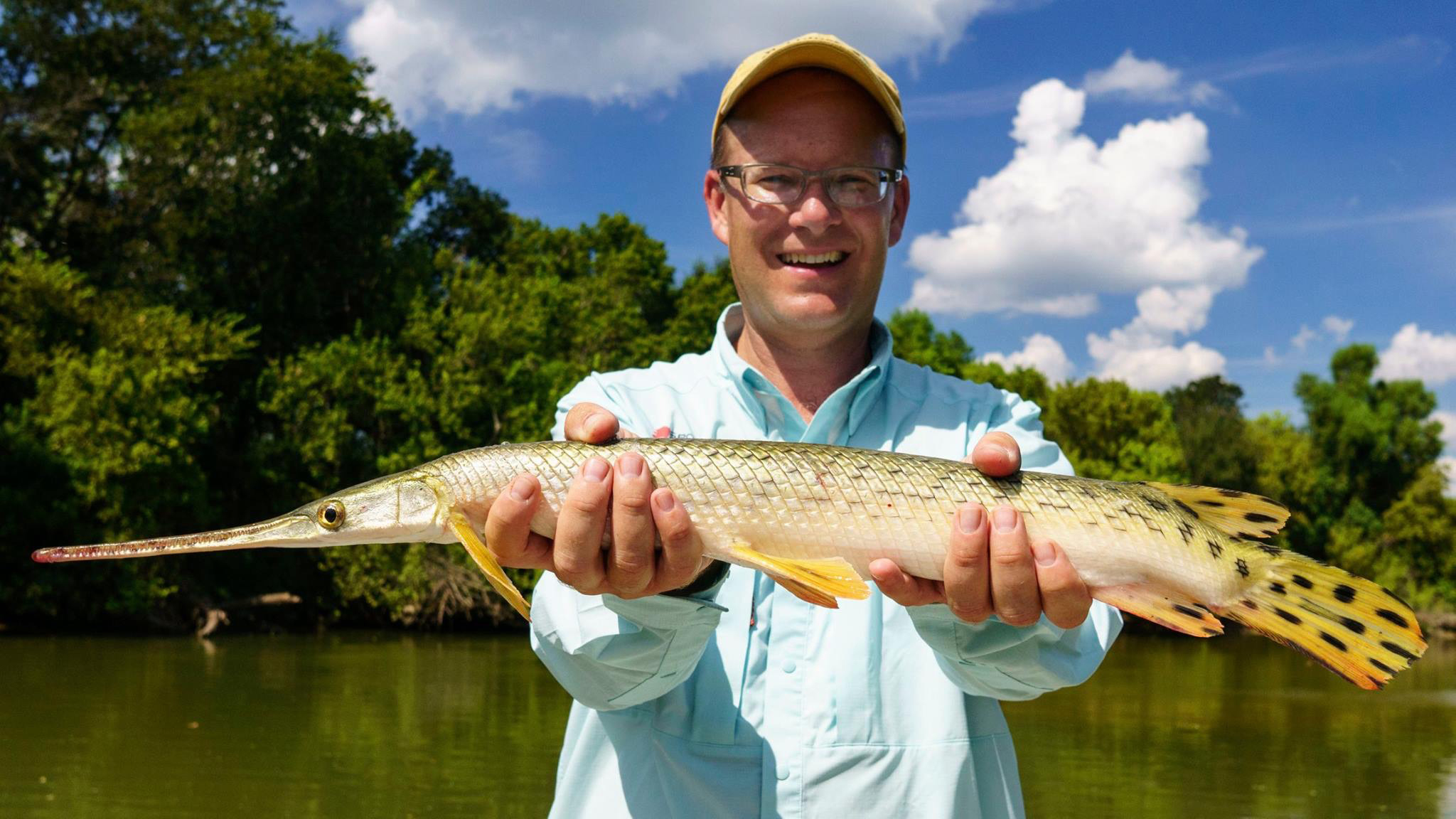Interview with Abdul Gani (New Species 2022)
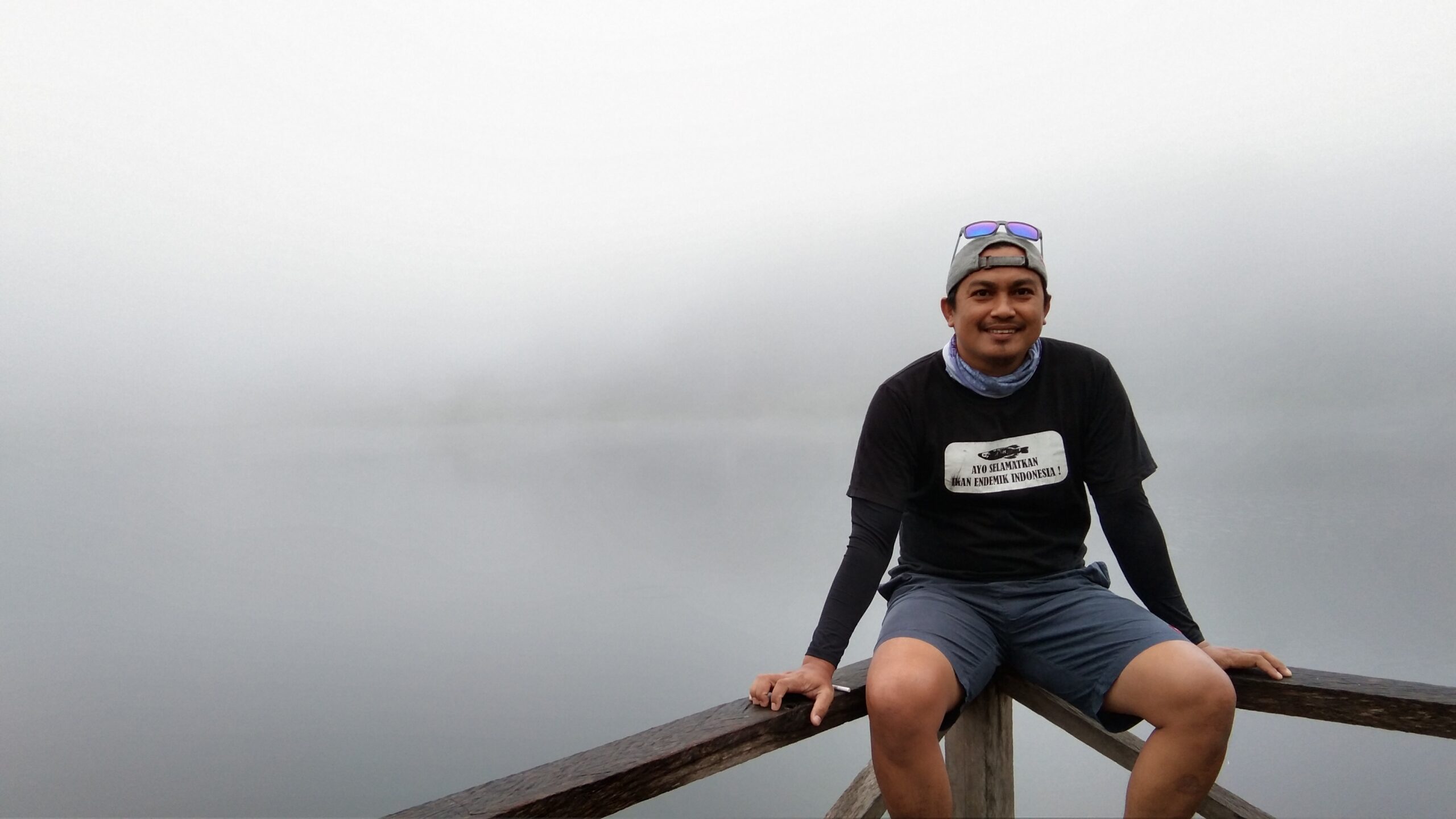
Abdul Gani is a Lecturer at the Faculty of Fisheries, University of Muhammadiyah Luwuk, Central Sulawesi, Indonesia, and an advocate for Sulawesi’s diverse and abundant endemic freshwater species. He discovered and described the Kalimpa’a ricefish highlighted in New Species 2022.
What do you enjoy about discovering and describing species?
ABDUL: One of my passions is exploring the world around me, especially because I know that the island of Sulawesi is included in the Wallacea designation, and is a biodiversity hotspot, especially freshwater ichthyofauna. There are many places on the island with incredible diversity of ichthyofauna, and I love to explore the island and learn about the creatures there. Describing species is a good challenge that adds to the exploration.
In 2020, my team and I discovered a new endemic species from the Adrianichthyidae family in Lake Kalimpa’a, Lore Lindu National Park, which we described in 2022 and named Oryzias kalimpaaensis1.
In my opinion, there are still many freshwater fish species that can be obtained and described as new species because Indonesia has a high level of diversity and the exploration of freshwater fish in Indonesia is still low. This can be an opportunity to find new freshwater fish species.
What has been a particularly memorable species discovery for you?
ABDUL: The most memorable species discovery for me was when I discovered the new species Oryzias kalimpaaensis in Lake Kalimpa’a, Lore Lindu National Park in 2020 and published in 2022.
Also, in 2017 my team ERA Indonesia and I found a species that had not been seen for a long time: Oryzias bonneorum in Lake Lindu. This species was described by Parenti in 2008, based on specimens preserved since 1939. But we have not published the paper about that yet.
My plan is for Oryzias bonneorum and Oryzias kalimpaaensis to become my next research project for the dissertation material in my Doctoral programme. ERA Indonesia is a community of young people who focus on preserving biodiversity, especially endemic flora and fauna.
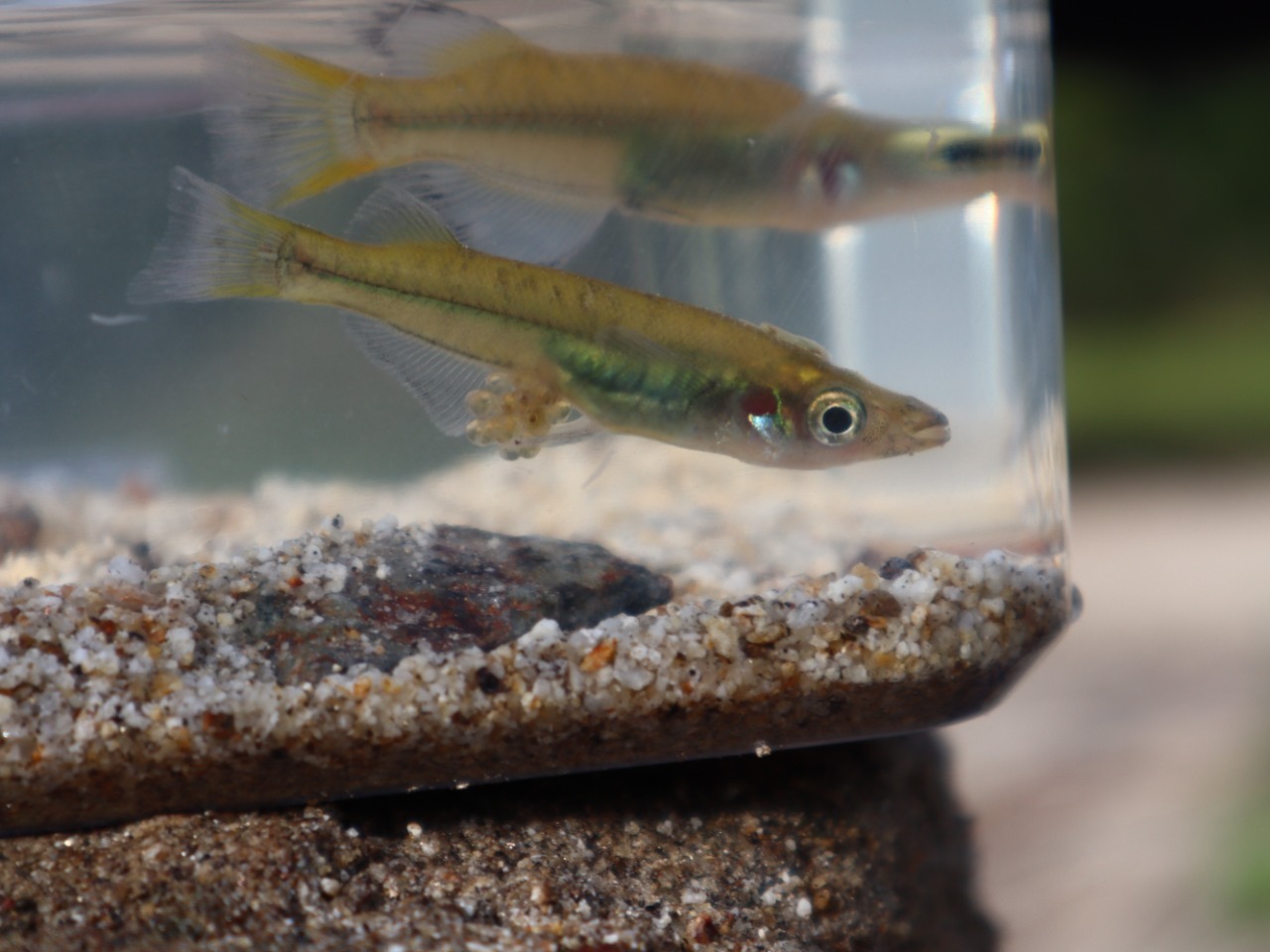
© Zulfadli
Could you describe the process of discovering Oryzias kalimpaaensis?
ABDUL: It started through my hobby of adventuring in the wild. When I was in high school, I joined a community of nature lovers, which led me onto discovering and describing new species.
From 2020 until now, my team ERA Indonesia and I have been exploring the river and lake in the Lore Lindu National Park along with Fish Quarantine Station Quality Control and Safety of Fishery Products (SKIPM) Palu, Indonesia, with the purpose of collecting data about invasive species and finding new species.
During one of these explorations, we found this new fish from the Oryzias genus that had not been identified before. In the next exploration, we took measurements of the water quality and prepared several specimens for morphological and molecular identification. Based on the results of morphological and molecular identification, we found this was a new species from the Adrianichthyidae family and Oryzias genus. We named it Oryzias kalimpaaensis after the name of the place where the fish was found, Lake Kalimpa’a.
Why do you think Oryzias kalimpaaensis was not discovered before?
ABDUL: Freshwater fish exploration hadn’t then been carried out there, so the existence of the species wasn’t known.
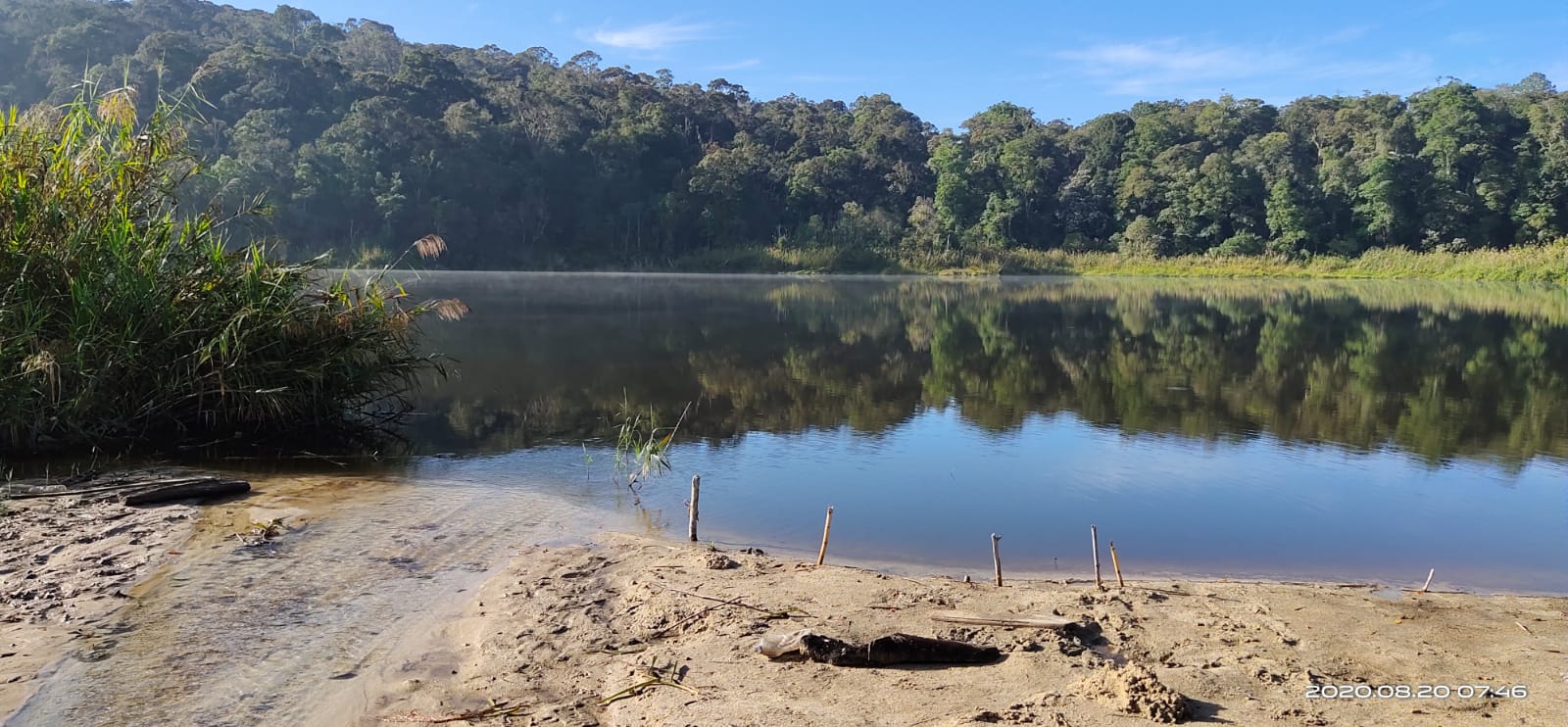
© Abdul Gani
What notable things can you tell us about the species?
ABDUL: The discovery of Oryzias kalimpaaensis is a remarkable achievement for me personally and also for my friends who are involved in the exploration and writing up of the publication. The discovery gives new information about the diversity of Sulawesi’s endemic species, especially in Central Sulawesi. Central Sulawesi’s freshwater endemics are now 16, whereas in 2019 it was 15.
We know that Sulawesi is a hotspot for freshwater biodiversity, and I think we have to explore it more. With that in mind, I think the discovery of Oryzias kalimpaaensis could be the start of other endemic species being discovered in the area.
I hope that the diversity and populations of freshwater endemics in Sulawesi sustains and thrives: let’s protect and preserve Sulawesi’s endemic freshwater!
SHOAL released their annual report New Species 2022 on World Wildlife Day, Friday 3rd March 2023. The report details the 201 species of freshwater fish identified in 2022.

